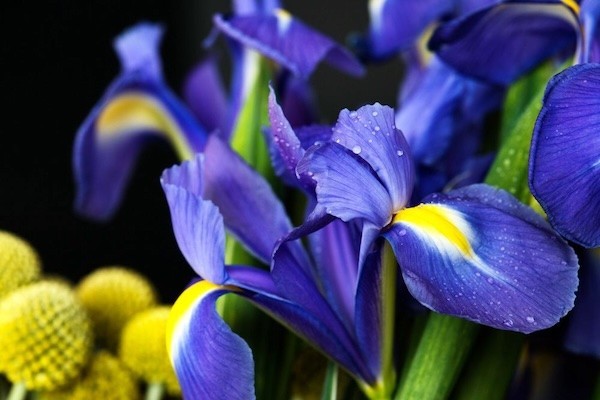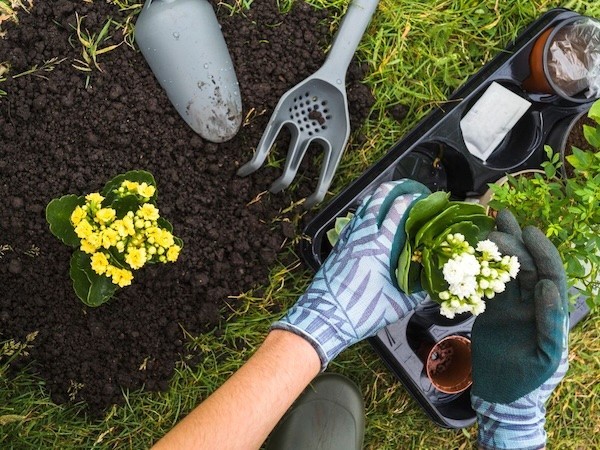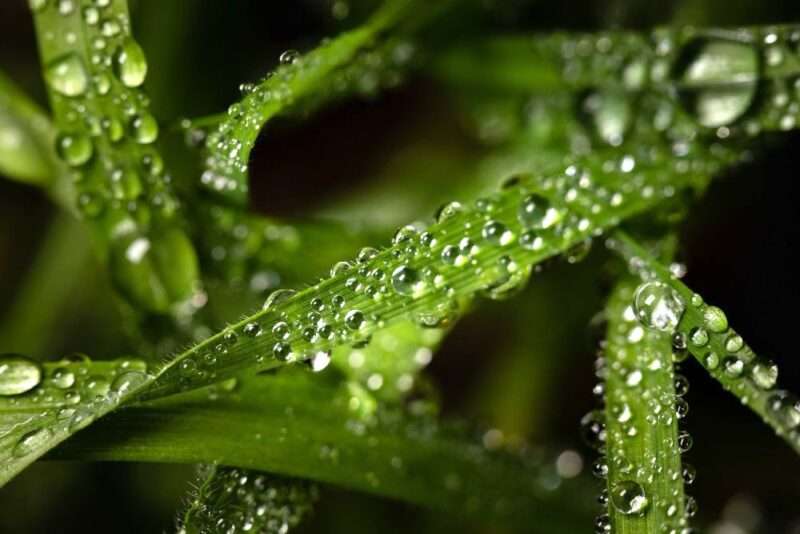Rain gardens transform how we manage stormwater in our communities, offering a sustainable and visually appealing solution. By directing runoff from rooftops and driveways into these specially designed gardens, you not only help reduce water pollution but also make your garden pop with native plants and flowers. In this post, we’ll explore the basics of rain gardens, including their environmental benefits and how you can create one in your backyard. It’s all about making smarter choices that benefit our planet and your outdoor space. Let’s see what makes rain gardens an excellent option for managing stormwater with eco-friendly landscaping.
What is a Rain Garden?
A rain garden is a shallow dip in the terrain designed to gather rainwater from sources like roofs, driveways, or streets and let it seep into the soil. These gardens, adorned with grasses and blooming perennials, are practical and visually appealing. The main advantage of a rain garden is its capacity to mitigate local flooding and lessen the strain on our sewer systems by capturing stormwater runoff.
In addition, rain gardens filter pollutants from the runoff, improving water quality in nearby bodies of water. They also provide vital habitat for birds, butterflies, and beneficial insects, enhancing local biodiversity. That makes rain gardens a smart choice for environmentally conscious gardeners looking to positively impact their surroundings while enjoying a vibrant and dynamic garden.
Planning Your Rain Garden
When planning your rain garden, choosing the right location is key. Look for a spot that’s naturally lower than the rest of your yard to facilitate water collection, but ensure it’s at least ten feet away from your home to prevent any water damage. The size and shape of your rain garden depend on how much runoff you need to manage; typically, smaller gardens are sufficient for average residential yards.
You’ll also need to gather the right materials: a mix of sand, compost, and native soil can provide good plant drainage and support. Choose native plants that thrive in your local climate and soil conditions, as they will be more likely to prosper with minimal upkeep. Together, these steps set the foundation for a successful rain garden that manages stormwater effectively and enhances your outdoor space.
Best Plants for Rain Gardens
Selecting the best plants for your rain garden is crucial for managing stormwater with eco-friendly landscaping. Native plants are perfect choices as they are specifically adapted to the local climate and soil, needing less water and upkeep than non-native species. Here are some top choices that are both functional and beautiful:
-
Black-eyed Susan (Rudbeckia hirta): This hardy perennial thrives in full sun and well-drained soil, attracting pollinators while adding a splash of yellow to your garden.
-
Swamp Milkweed (Asclepias incarnata): This plant is perfect for wet areas, helps manage water, and supports monarch butterflies.
-
Blue Flag Iris (Iris versicolor): With its striking blue flowers, this iris is ideal for the wetter parts of your rain garden and can tolerate standing water.
-
Joe-Pye Weed (Eutrochium purpureum): Joe-Pye weed is known for its tall, pinkish-purple blooms. It attracts butterflies and bees and thrives in moist soil.
-
Cardinal Flower (Lobelia cardinalis): This vibrant red flower attracts hummingbirds and does well in partial shade or full sun, preferring moist conditions.

Step-by-Step Guide to Creating a Rain Garden
Creating a rain garden is a straightforward process that can benefit your landscape by naturally managing stormwater. Here’s a step-by-step guide to help you get started:
Excavation
Begin by designating the space for your rain garden, ensuring it is positioned at least 10 feet from your house to avoid any potential water damage. Dig a shallow depression about 4 to 8 inches deep, with a slight slope leading into the garden to facilitate water flow. The shape can be round, kidney, or any form that fits your space.
Layering
Layer the base of your rain garden with sand, compost, and topsoil to promote proper drainage and support plant growth. Aim for a composition that’s about 40% sand, 40% compost, and 20% topsoil. This mixture will ensure water infiltrates the ground efficiently while providing plant nutrients.
Planting
Choose native plants suitable for your region’s climate and the specific conditions of a rain garden. Arrange taller plants at the center and shorter plants around the edges to create a visually pleasing tiered effect. Space the plants according to their mature size to give them room to grow without overcrowding.
Maintenance Tips
Maintain your rain garden with regular weeding and yearly mulching to keep it healthy and functional. Check and clear the inlet and outlet periodically to ensure water flows freely into and out of the garden, especially after heavy rains.
Managing Stormwater with Eco-Friendly Landscaping: Common Mistakes to Avoid
Avoiding common mistakes when creating a rain garden is important to ensure its effectiveness and longevity. Here are some typical pitfalls to watch out for:
Overplanting
It’s easy to underestimate how much space plants need as they grow. Avoid planting them too closely together, as this can lead to overcrowding and competition for resources like light and water. This competition can weaken the plants and reduce the garden’s ability to absorb water efficiently.
Poor Location Choices
Choosing the wrong location for your rain garden can lead to problems. Avoid areas too close to your home or deep shade from overhanging trees. Also, steer clear of places where water pools naturally; a rain garden should facilitate drainage, not combat existing waterlogging issues.
Neglecting Maintenance
A rain garden is low-maintenance but not no-maintenance. Regularly remove weeds that can choke out your chosen plants and disrupt the garden’s functionality. Ensure the inlet and outlet of the rain garden remain clear to prevent clogging, which can lead to ineffective water management.

The Impact of Rain Gardens Beyond Your Backyard
The impact of rain gardens extends far beyond the confines of your backyard, contributing significantly to sustainable gardening practices in your community. By capturing stormwater runoff, rain gardens reduce the strain on local sewer systems, which can decrease the risk of flooding and water pollution in nearby lakes and rivers. This process helps preserve our natural water resources and supports a healthier ecosystem.
At the same time, rain gardens foster biodiversity by providing habitats for various wildlife, including beneficial insects, birds, and butterflies. Encouraging others in your community to adopt rain gardens can amplify these benefits, promoting a more sustainable and resilient environment for everyone. These gardens are important in advancing sustainable gardening practices that protect and enhance our surroundings.
Ready to Make a Difference? Start Your Rain Garden Today!
Rain gardens are a powerful tool for managing stormwater with eco-friendly landscaping. By building one, you enhance your property’s appeal and contribute to environmental conservation. Take the first step towards a sustainable future—plant a rain garden and watch as it benefits your home and the broader ecosystem. Let’s make a positive impact together!
Author bio:
Darlene Kent is a seasoned relocation expert at Family Affair Moving, a company known for its reliable and professional moving services. With years of experience helping families and businesses relocate smoothly, Darlene brings knowledge to sustainable home improvement projects. Her insights aim to blend practical moving advice with innovative environmental stewardship.
Images used:
Featured Image
Irises Flowers
A person gardening
